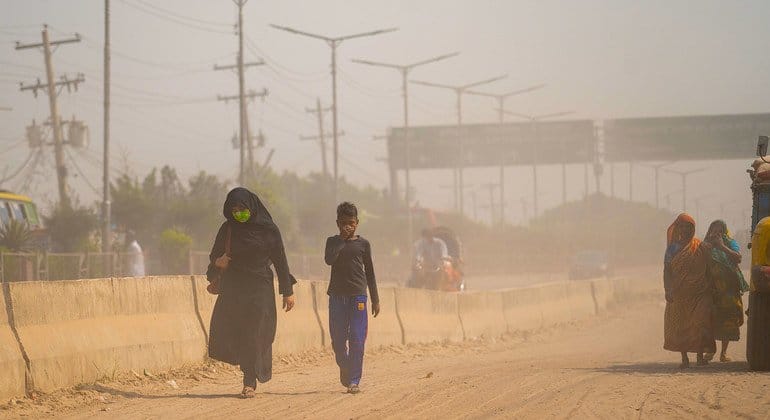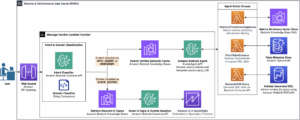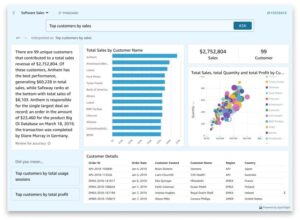Lung cancer has become the leading cause of cancer incidence and mortality worldwide, with approximately 2.5 million cases diagnosed in 2022, equivalent to an annual incidence rate of 23.6 cases per 100,000 people, according to the International Agency for Research on Cancer (IARC).
The IARC, a body of the World Health Organization (WHO), has observed significant changes in lung cancer patterns by subtype over the past few decades. While the incidence rate in men has shown a downward trend in many countries for the past 30 to 40 years, the situation among women is concerning, as the numbers continue to rise.
These changes are largely related to modifications in cigarette production and tobacco consumption habits. Furthermore, recent research has begun to explore the connection between air pollution, specifically particulate matter, and an increased risk of developing adenocarcinoma, the most common subtype of lung cancer.
A recent study, published in the medical journal The Lancet on World Cancer Day, identified four main subtypes of lung cancer: adenocarcinoma, squamous cell carcinoma, small cell carcinoma, and large cell carcinoma. According to the 2022 data, adenocarcinoma has emerged as the most common subtype, with a significant increase in risk among younger generations, particularly in women.
The study notes that the highest burden of adenocarcinoma attributable to pollution was recorded in East Asia, with a significant impact in countries like China. Freddie Bray, head of the Cancer Surveillance Division and lead author of the analysis, highlighted that these results provide valuable information on the disease evolution and associated risk factors, which could be useful for developing effective lung cancer prevention strategies globally.
According to the study estimates, around 200,000 of the lung cancer cases diagnosed in 2022 were related to adenocarcinoma linked to particulate matter pollution. Of this figure, 114,486 cases were in men and 80,378 in women, resulting in annual incidence rates of 2.35 per 100,000 men and 1.46 per 100,000 women.
Regionally, the highest rates of adenocarcinoma in men were observed in East Asia, as well as in women in the same region. Bray emphasized the relevance of these sex-specific trends for prevention and policy development addressing smoking and air pollution, tailored to the most vulnerable populations.
Source: MiMub in Spanish











